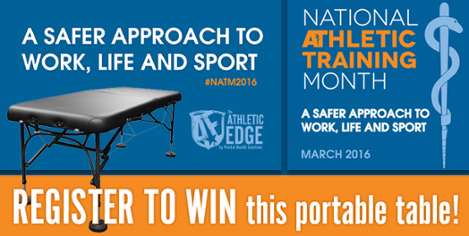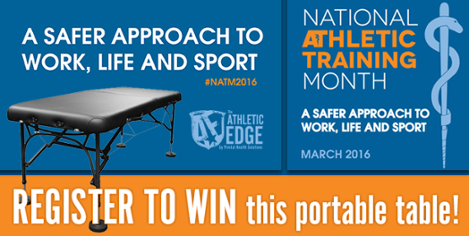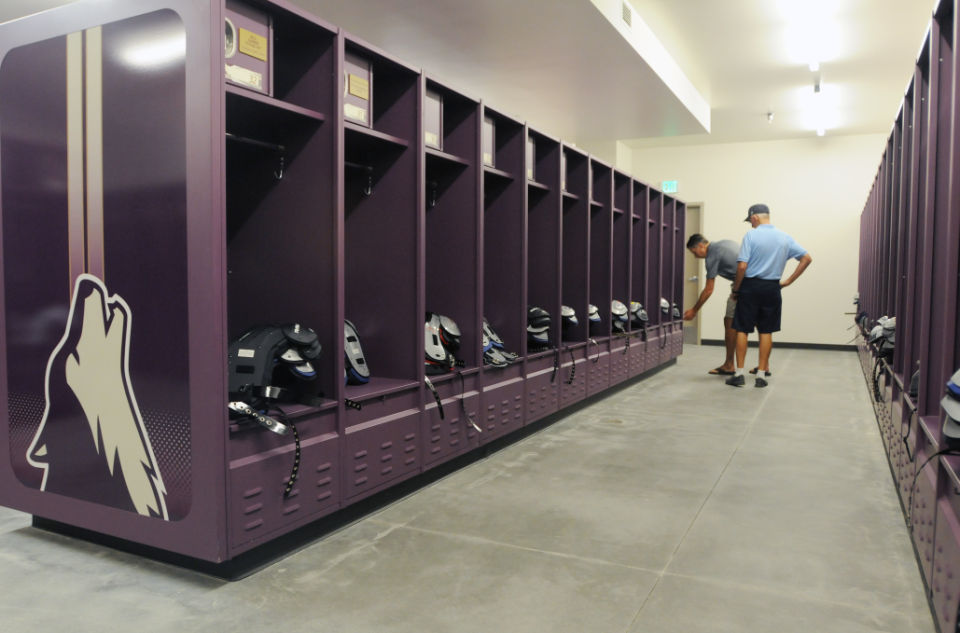Hot or Cold?
Do you know when to use ice and when to use heat on a sports injury?
Most athletes, even the weekend warriors, know to apply ice to an acute injury, like a sprained ankle, but aren’t so sure when to use heat. Here is some information that may help you sort it out.
Acute vs. Chronic: Acute injuries are sudden, sharp, traumatic injuries that occur immediately (or within hours) and cause pain (possibly severe pain). Most often acute injuries result from some sort of impact or trauma such as a fall, sprain, or collision and it’s pretty obvious what caused the injury. Acute injuries also cause common signs and symptoms of injury such as pain, tenderness, redness, skin that is warm to the touch, swelling and inflammation. If you have swelling, you have an acute injury. Chronic injuries, on the other hand, can be subtle and slow to develop. They sometimes come and go, and may cause dull pain or soreness. They are often the result of overuse, but sometimes develop when an acute injury is not properly treated and doesn’t heal.
Cold Therapy with Ice: Cold therapy with ice is the best immediate treatment for acute injuries because it reduces swelling and pain. Ice is a vaso-constrictor (it causes the blood vessels to narrow) and it limits internal bleeding at the injury site. There is controversy as to whether continued application of ice results in a sudden vasodilation of the blood vessels (the hunting response) and if so, at what time this response begins and how often a cycle of constriction and dilation occurs. To ice an injury, wrap ice in a thin towel and place it on the affected area for 15 -20minutes at a time. Allow the skin temperature to return to normal before icing a second or third time. You can ice an acute injury several times a day for up to three days. Cold therapy is also helpful in treating some overuse injuries or chronic pain in athletes. An athlete who has chronic knee pain that increases after running may want to ice the injured area after each run to reduce or prevent inflammation. The best way to ice an injury is with a high quality ice pack that conforms to the body part being iced. You can also get good results from a bag of frozen peas, an ice massage with water frozen in a paper cup (peel the cup down as the ice melts) or a bag of ice.
Heat Therapy Heat: Is generally used for chronic injuries or injuries that have no inflammation or swelling. Sore, stiff, nagging muscle or joint pain is ideal for the use of heat therapy. Athletes with chronic pain or injuries may use heat therapy before exercise to increase the elasticity of joint connective tissues and to stimulate blood flow. Heat can also help relax tight muscles or muscle spasms. Don’t apply heat after exercise. After a workout, ice is the better choice on a chronic injury. Because heat increases circulation and raises skin temperature, you should not apply heat to acute injuries or injuries that show signs of inflammation. Safely apply heat to an injury 15 to 20 minutes at a time and use enough layers between your skin and the heating source to prevent burns. Moist heat is best, so you could try using a hot wet towel. You can buy special athletic hot packs or heating pads if you use heat often. Never leave heating pads on for more than 20 minutes at a time or while sleeping.
As with all injuries you should seek qualified medical attention prior to beginning any treatment regime.

National Athletic Training Month is held every March in order to spread awareness about all that athletic trainers do. We’re celebrating National Athletic Training Month by giving away one of our newest portable tables, The Sport - Portable Aluminum Massage Table ($599 value)! Register to win this great table. Drawing will take place March 31, 2016, and the winner will be announced in the following Off the Whiteboard newsletter.





.webp)

